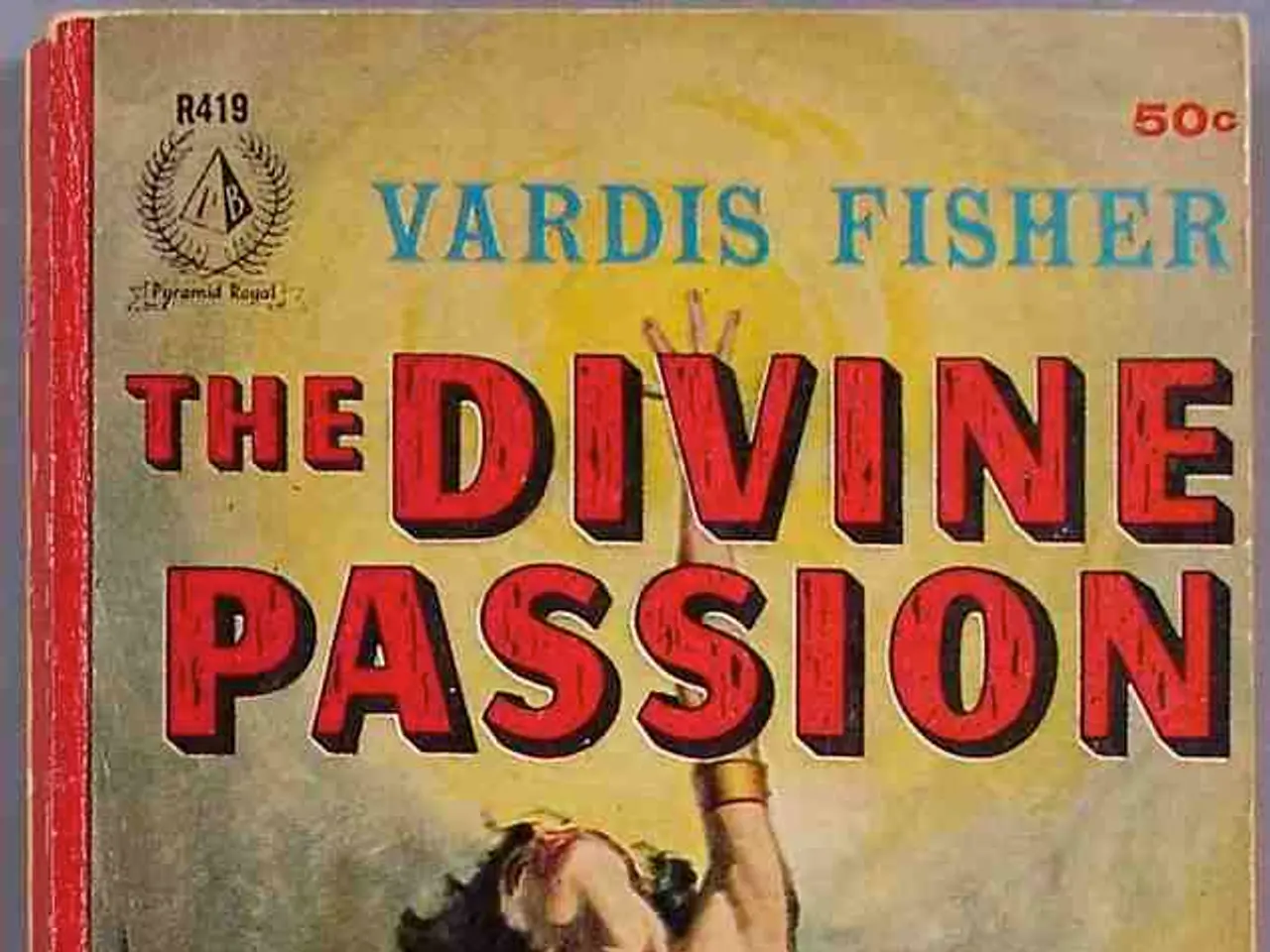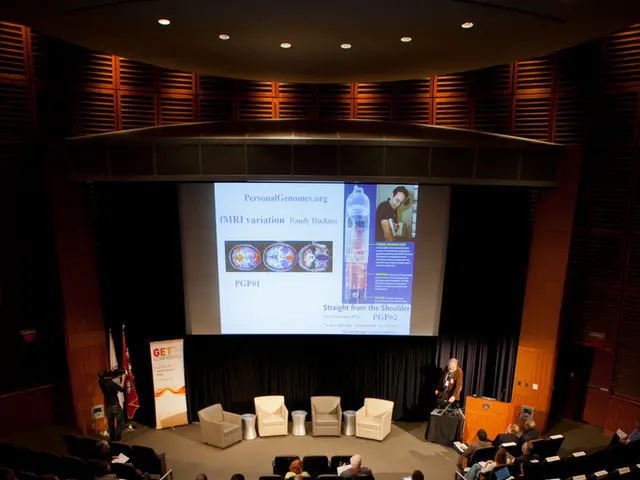Blake's 'Heaven and Hell': A Mythical Journey into Duality and Creativity
William Blake's 'The Marriage of Heaven and Hell' is a poetic exploration of duality, liberty, and human experience. The work introduces a cast of mythical characters, including the Devil, the Angel, and Luvah, each embodying different aspects of human nature.
Blake, the mortal poet, transforms into an avatar of his own creativity within this mythological realm. The concept of 'closeness to topic' helps unravel Blake's vision and central themes. Los, the blacksmith and demiurge, embodies creative energy, shaping existence alongside Enitharmon, his female counterpart and muse. Urizen, the god of reason, balances Los's creative impulses, providing necessary structure and order. Besides these main characters, no others prominently appear in Blake's poetic symphony.
Blake's 'The Marriage of Heaven and Hell' is a rich tapestry of interconnected characters, concepts, and images. Through his mythological universe, Blake explores the duality of good and evil, the transformative power of imagination, and the balance between creativity and order.
Read also:
- Budget cuts at federal and state levels jeopardize advancements in fighting HIV and AIDS within Dallas County
- Debating the legitimacy of Borderline Schizophrenia as a distinct mental health disorder?
- City Transition to Pedestrian-Friendly Environment Increases Daily Steps by Over 1,000: Research Findings
- Dairy's Impact on Gout Flare-ups: An Examination of the Connection Between Milk Consumption and Gout Attacks






